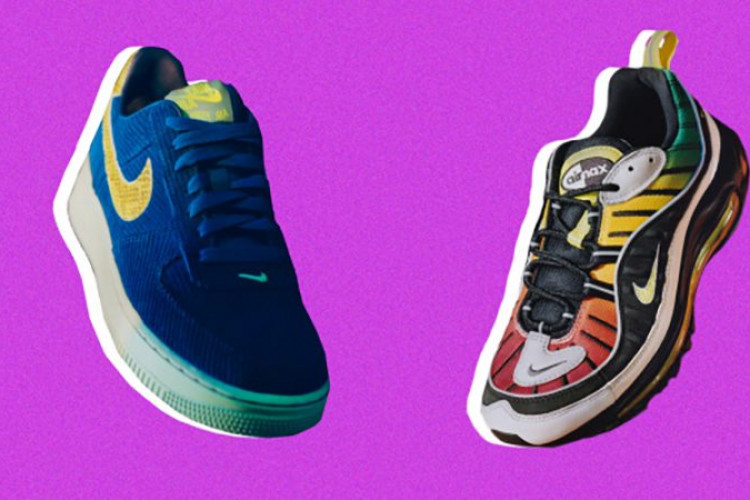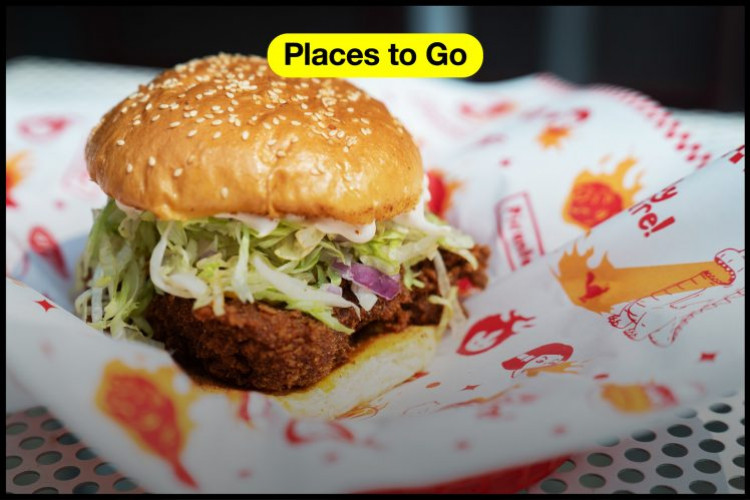On Retail and Design with Dendy Darman
Whiteboard Journal (W) meets with Dendy Darman (D) of UNKL347
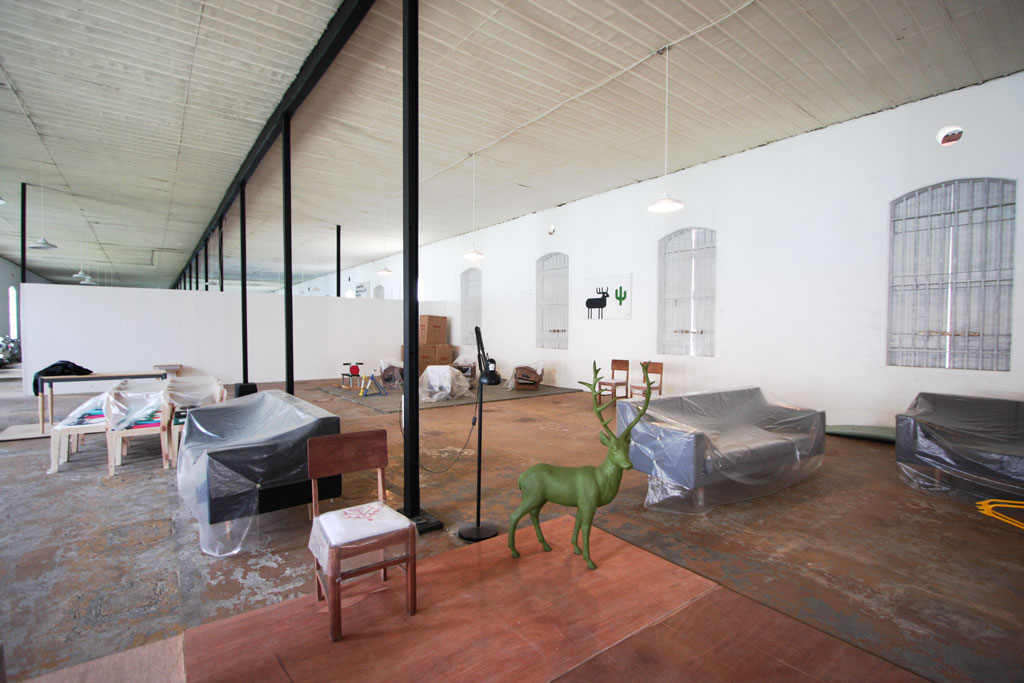
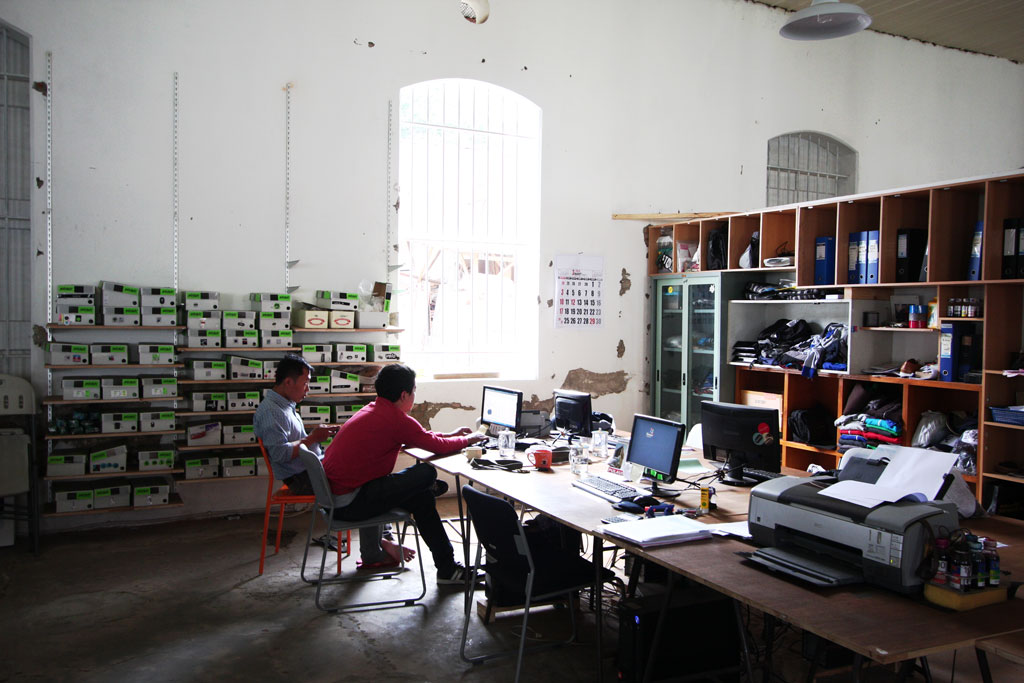
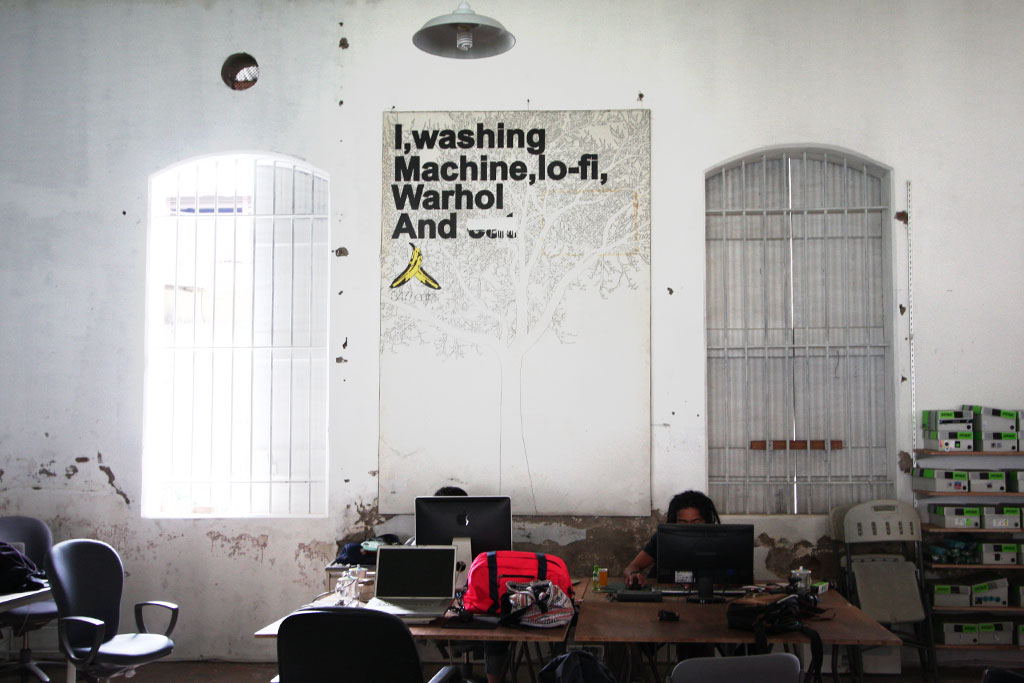
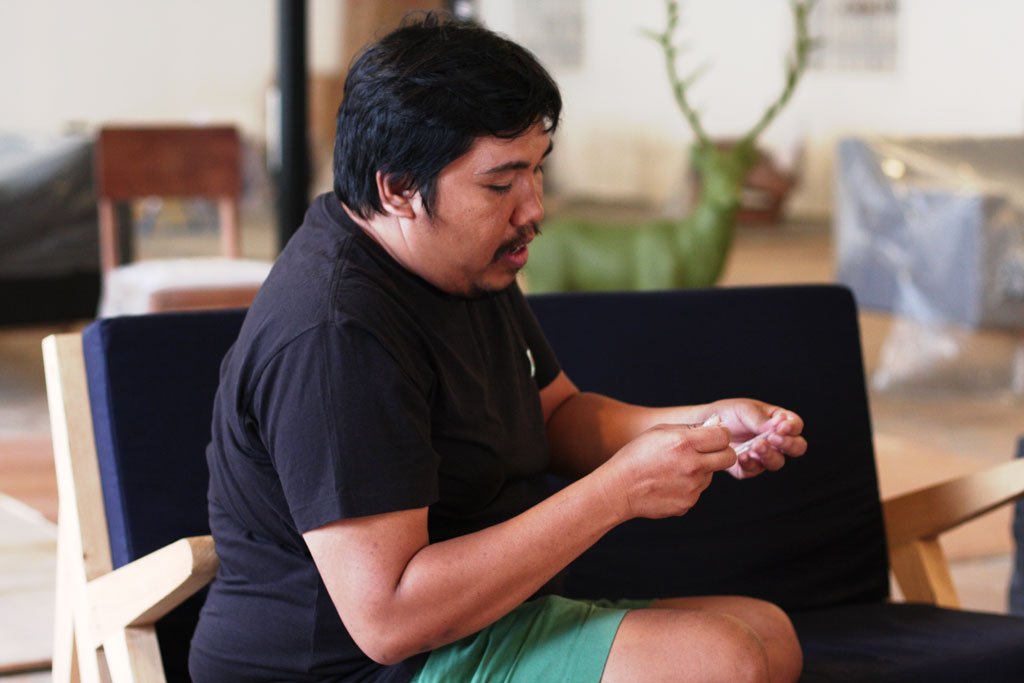
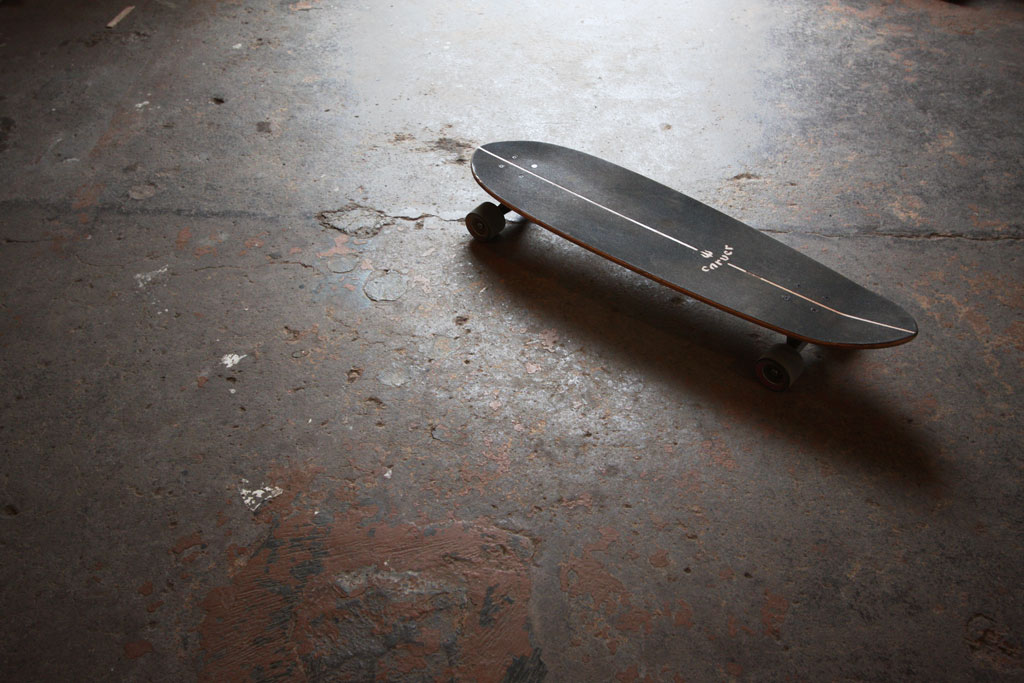
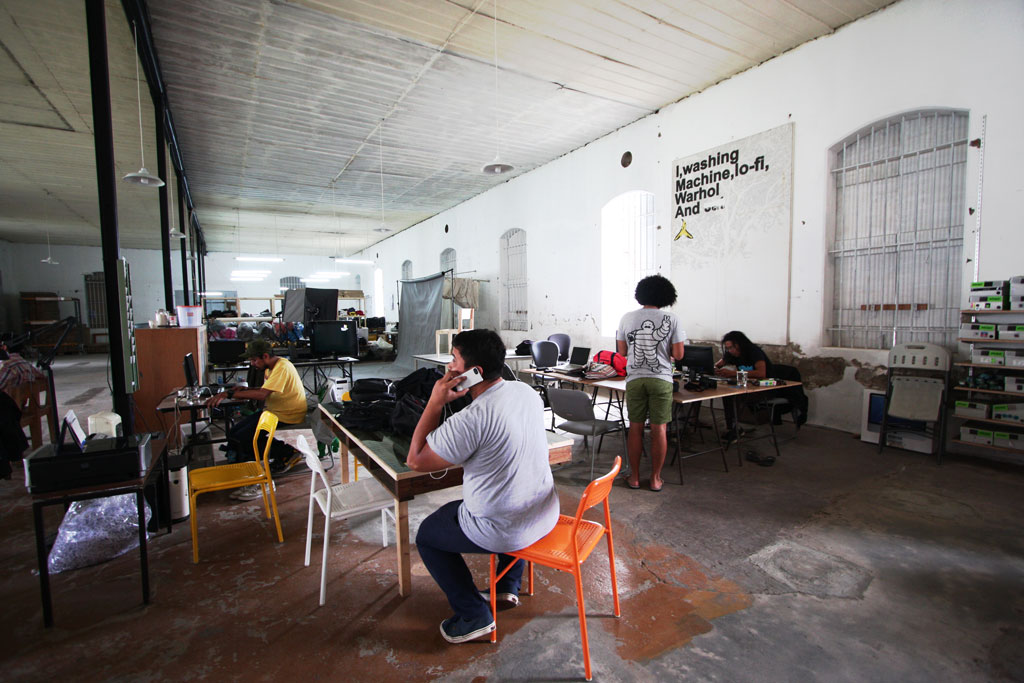
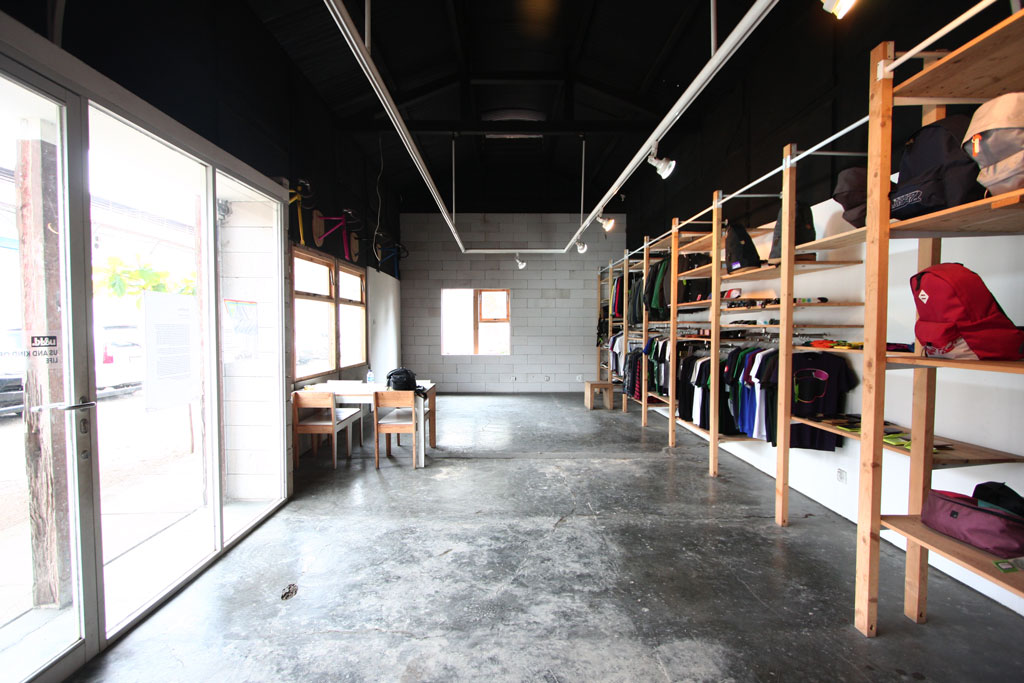
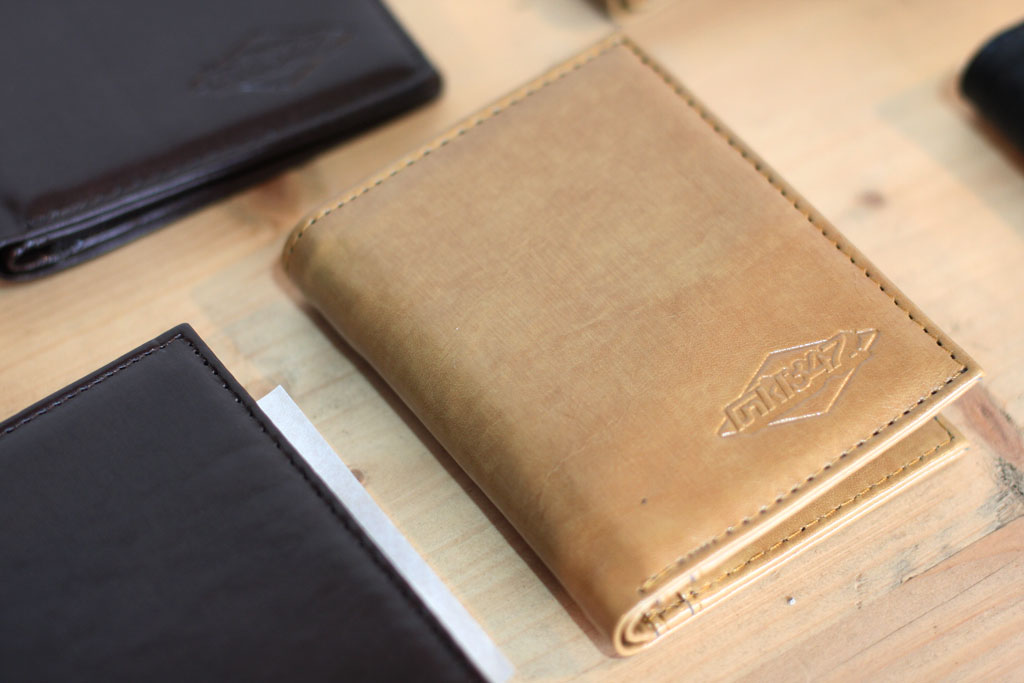
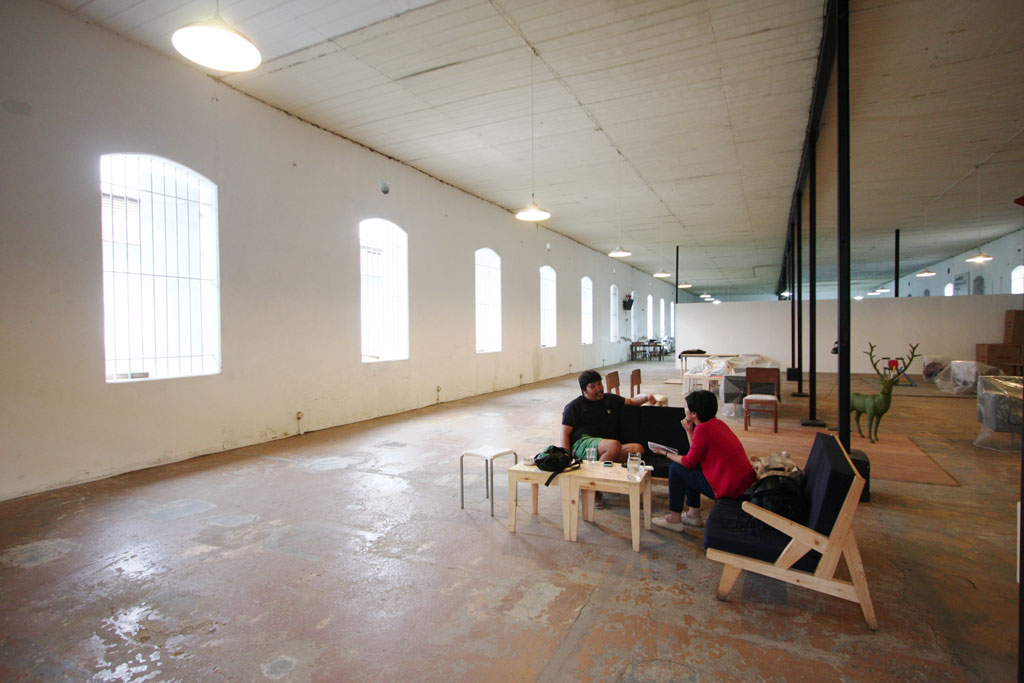
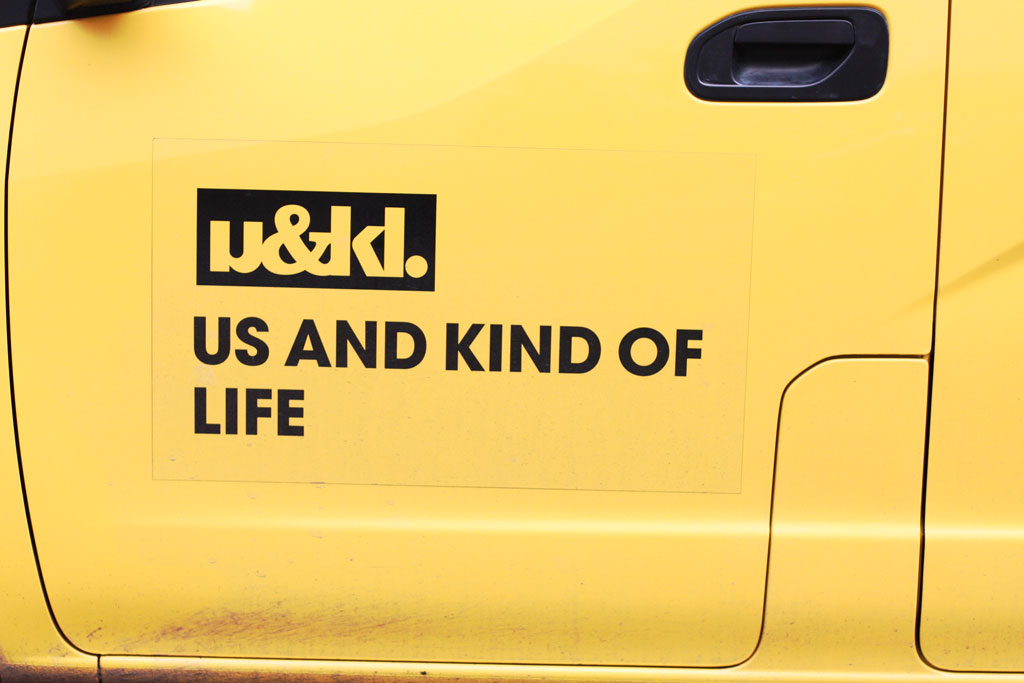
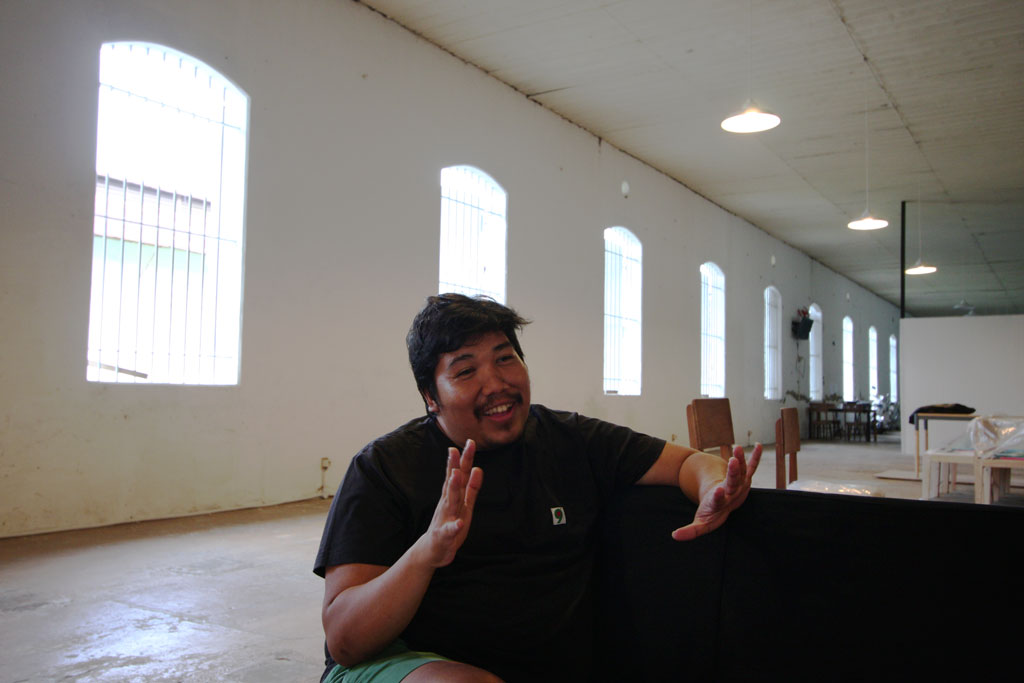
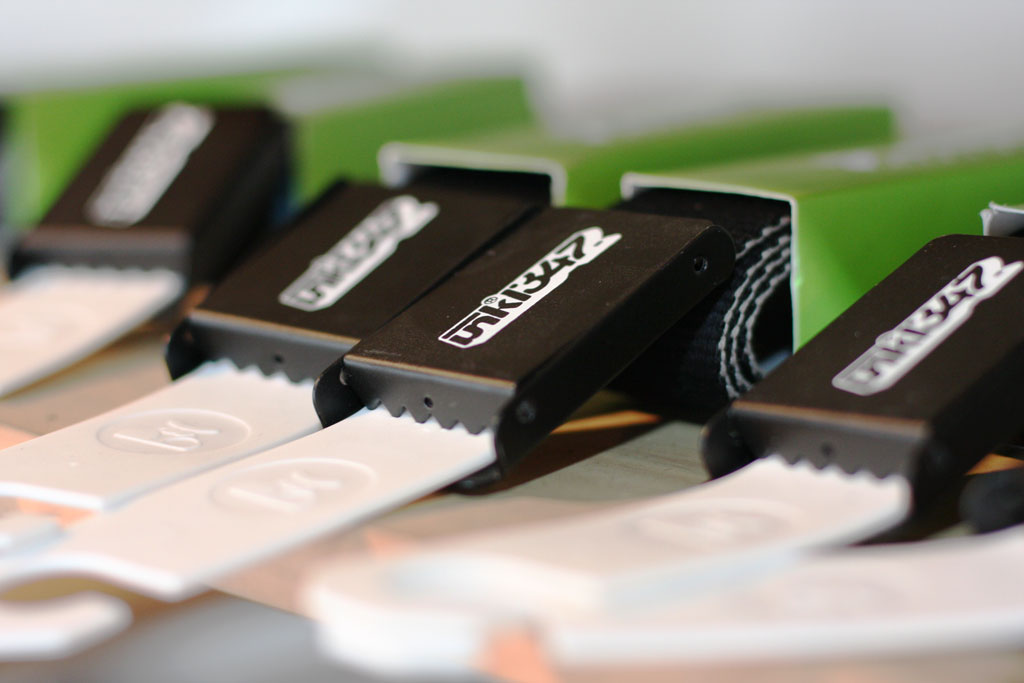
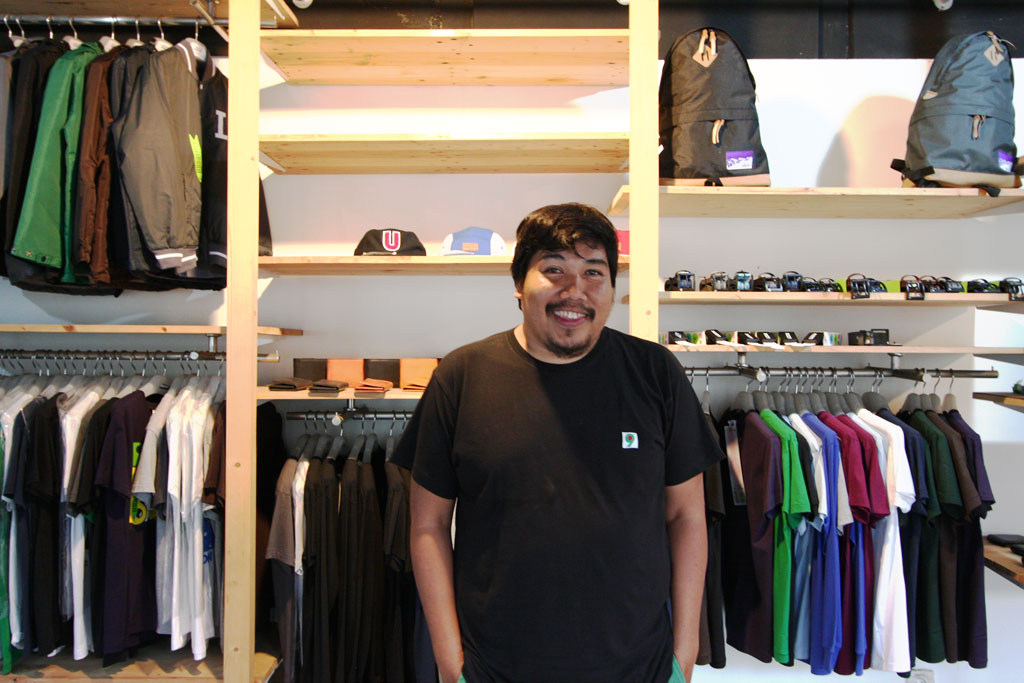
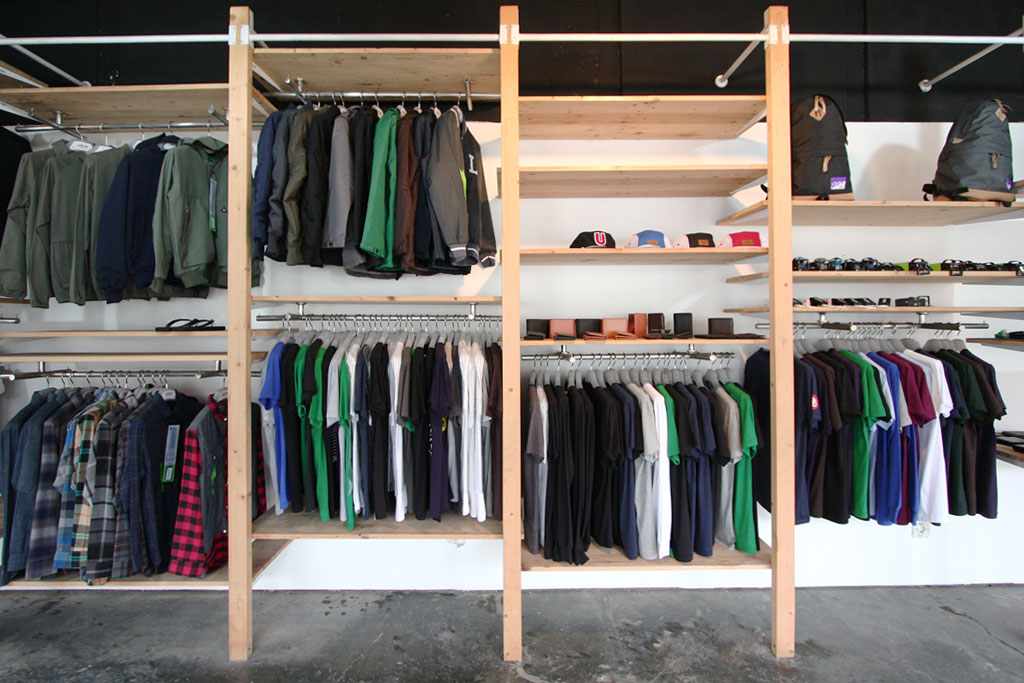
W
How did UNKL347 all start?
D
My friends and I started at our “Kos” (boarding house) number 347, our meeting point before we went out surfing. Because most of us were designs students, we found a way to make money out of it. We made everything [T-shirts and apparels] there, handling the design and printing by ourselves.
W
When you started out did you always plan on selling them?
D
No, it was for fun. At first it was only for us. At the time, a lot of Australians and Japanese people who went surfing wore our shirts because they gave their shirts away to local people. And they’d also bring some as souvenirs for their friends back home.
At first, it was that “natural.” We really didn’t see it as a business.
W
How many people were involved then?
D
The original group consisted of 10 people. A lot of them had their own bands. Some of them would end up working more intensely for their bands, while others went back to school. In the end, only 4 remained.
W
What is your background?
D
Graphic design. Most of the gang are majors of product design. I used to study interior designer at ITENAS and then took graphic design at ITB. I met most of them at ITENAS.
W
When did you realize that this really had a serious potential?
D
When strangers started to come knocking on our door. All of a sudden, celebrities would come and ask if they could buy our products. We were still sleeping when they came, so we had to quickly clean our room (laughs).
It was no longer friends who came, but when people we didn’t know started coming, we became really motivated. People didn’t buy our stuff because they knew us, but because of our products. We had to be serious, because it was our responsibility to give our clients the best.
At the time you only concentrated on shirts?
Only shirts. But back then, we only printed 1, 2, or 3. If the screen was broken, we would stop production. One design. When we wanted to print the second one, it broke, we wouldn’t replace it. It was hassle to replace the screen, so we’d just make a new design. It would cost us the same amount of money.
It really was for fun, back then.
W
I once read that UNKL347 pictures “The way of living” in that time. How can you translate that to the current way of living?
D
We have always only made things that are close to us. We even changed the name from 347, to EAT to UNKL. Because we didn’t want to stick to one brand. We wanted people to know us for our products (what we make), not our brand. People who followed our progress, would know that it’s what we’ve made. We have had experience that if we only rely on one brand, we’d have a hard time in Indonesia because of piracy. We change our names to avoid people making knock-offs of our products. So we could always sell products, and not compete with the copycats.
It’s impossible to eliminate piracy because we would spend a lot of money and time. We specialize in design, not in law.
Like I said before, everything has been very natural. Our business was very flexible, and we never forced it to be a certain way.
The things that we make from then till now are always related to our daily lives; like t-shirts and now, furniture. Maybe because most of us are older and have families now. We’ve never made anything that’s too detached from what we know; such as accessories for women.
W
But wasn’t there a line for women (UNKL&NICO), too?
D
We used to have a women’s line. Only when we had female friends who wanted to make it. But now we don’t. So the line stopped.
The women’s line back then was taken care by Ovel and Cagi and then Raiki came in and started “UNKL&NICO.” When Velvet Underground was joined by Nico, who is a woman, the group became Velvet Underground and Nico. We got the name “Nico” from that (the female touch).
But when Raiki left and made Huntingfield in Jakarta, there was nobody to take over the line so we stopped it.
We had a women’s line because there happened to be a woman in our team. Maybe if a woman decides to join our group again and proposes a project, we’d start a new line for women.
W
If the business developed naturally, how do you maintain relevancy with regards to the change of time?
D
I believe that something can survive if we enjoy doing it. And what we’ve been doing up until now is design. We have fun doing it. And design has no limits. There is always room for development; including us. We never know what we have to do tomorrow. We can only concentrate on we want to do right now. Design is very easy to adjust to different situations. It follows the time.
W
What are your references (in your design)?
D
When we meet, we talk. This isn’t an office; this is where we get together. We always get something new from people. We don’t look for references; they come to us through our interactions. Like if there is a lot of black in our designs, it might be because someone in our team is into black metal. UNKL is like a forum. We don’t set boundaries that can’t be crossed. We always want to develop. Even if people have their own perception of 347, we don’t see it as being something that is fixed.
W
347 is a very iconic brand – from the style, design, and presentation of clothes and other products. All of this formed by the personal interests of the team members, but what else influenced it? What sort of music do you guys listen to, or what books do you read?
D
There are no limits. It’s a mixture of everything. It’s like we all bring our own food from home and eat it together at the dining table. If you like European food, and I like Chinese food, it’s okay. As long as we can combine it. That’s the analogy I like to use.
W
That’s collective. But what about your personal references?
D
I like old things. When it comes to design, I really like Bauhaus. I’m into honest designs. For example, if they make things out of wood, they will also present it as wood – the same goes for metal and other materials.
If you think in terms of a specific era, I am heavily influenced by mid-century designs.
But everyone at 347 likes all sorts of things, so I also get a lot of influence by the members who like more contemporary things, even though I have my own interests.
W
I once read in an interview, you wanted to contribute to the history of graphic design in Indonesia. In your opinion, how much has 347 contributed so far?
D
When we first started, graphic design wasn’t really needed in our community.
Now, if we look at markets such as Pasar Baru or Mangga Dua, we’d see a lot of t-shirts that have similar designs as ours. We made the designs, and we know the combination of colours, and then all of a sudden we find similar ones. Lots of producers just follow trends, but at least we had an impact.
Once, we printed our book. A lot of the people who bought our books were people who also made t-shirts. So instead of going to stores and do their own research, they could just read our book. In a sense, we made a bible. Not to toot my own horn, but I noticed that a lot of stores used our designs as their references.
Of course it’s bad for our business, even if it means that we have made a contribution. But such things are inevitable.
Our government doesn’t really make use of graphic design. If you go abroad, everything is all set. Even toilets look cool. But here, everything is a mess. Like bus stops, and such. But I’m sure that if we keep trying, especially designers nowadays who are more open to the public, we can share good designs. We don’t need to keep them to ourselves. If everyone has good taste, it’s good. This is the sort of contribution we want to make. But we will never know how big or small it is.
When others make similar designs, we take it as a compliment. It’s always great to share with a large audience that accepts our creations.
W
But people who use 347’s designs as a reference, doesn’t that mean that they would get all the benefits? I mean, they’re spreading what you made.
D
Yes, of course, but I’m sure that something will come back to us. I believe in karma. If we do something good, we’d get something in return – though it doesn’t necessarily have to be in the same form. If what we did can improve the infrastructure of Indonesia, that’d be great. Maybe one day, even the government will acknowledge the importance of design.
Maybe right now, there are other things they are concerned about.
Like Whiteboard Journal, maybe right now, the audience is largely made out of people in your immediate surroundings. But even so, if the things you publish can give knowledge to people, you have made a contribution.
We’ve made lots of friends – including people of Whiteboard Journal – who have done lots of things. Now there are so many people doing good things. Back then, it was just us. Nowadays, the scene is huge. Everyone always talks about it.
I personally see that nowadays, there are lots of people who share our vision, and everyone is trying to spread it.
W
Do you think that it’s important to be in Bandung. Can 347 operate in Jakarta?
D
I don’t think so. We are very unorganized. And we are very moody. Why does it have to in Bandung? Maybe because we’re not amphibians. We can only live here. Because everything we need is here.
Our first sandals were made by local artisans who operated on the streets. Our designs are based on what is available around us.
We collaborate with local industries. It’s like they had to meet us.
We adjusted our designs to the things that already exist. We never really tried to create something that could not be supported by the technology that is already available. Going back to the original 347 sandals; because they’re so easy to make, a lot of other craftsmen also wanted to make something similar. I guess, in a sense, our role was to set an example. All these very small business finally had something they could sell, and eventually stand by themselves. And then we’d go look for others to help us out.
W
Now 347 already has a lot of employees at the studio, as well as the factories. There are so many people involved that you mentioned you can’t really play around like the old days. Have you ever felt like you had to sacrifice your own ideals for the sake of the company’s survival?
D
No, not really. Until now, we never really know what the market wants. We’ve never been able to tell which products sell really well, and which don’t. So, in the respect, we really can’t predict that any of our products will sell.
W
What if someone whose vision doesn’t really go together with your own wants to collaborate? Would you still accept the offer for commercial reasons?
D
No. Until now, we’re still able to maintain a balance between our capacity and responsibilities. Physically, we haven’t changed as a company. But in terms of responsibilities, we definitely have a lot more now. Back then, if didn’t have an idea, we wouldn’t make anything. But now, we have targets.
W
Have you ever separated yourself from 347?
D
Yes, of course. I’ve always wanted to do something that isn’t so serious in terms of management – something more relaxed. Like one of the guys here makes surfing boards.
The opportunity to do things that are detached from 347, things that don’t put us under pressure, are actually what keep us committed to the company. It’s difficult to experiment when you’re in a company that is responsible of so many people who have to feed their families.
W
Do you have an individual project outside of 347?
D
Currently it’s houses. I work on designing 3-4 houses. So the concept is: we make it, we decide the location, we decide on the design, and once that’s all done, we sell it. Like clothes, people come to the store. If they like it, they’ll buy it.
But now it’s getting a bit frustrating, so I’m handing it over to the company’s management.
W
For the past 20 years, have you seen differences in design in Jakarta and Bandung?
D
I go to expos, or Brightspot Market, I see that we have entered a new generation.
W
How would you make sense of this new generation?
D
Everything is fast. In terms of promotion and such. And more people appreciate design more because they see it from many different aspects. It’s far more advanced nowadays.
Hopefully the industry will eventually support the development. Because oftentimes when things are too advanced, the industry isn’t able to support it. There are so many ideas, but there are not enough means to make those ideas happen.
In Japan, the designers make things themselves so you see products that are truly original because they made them with their own hands. But this is actually a good thing for us. In developed countries, hands made things are highly appreciated. In Indonesia, we haven’t reached the industrial level, so there are lots of things that are hand made. Here, it is cheap.
In other countries, people are going back to hand-made products. But because we have never really advanced to the next level, we don’t need to go back.
I think it’s important to learn from the designers of this generation. I really want to know how they think. I’d like to work together with them, and we can exchange information. You can’t force things. There is a right time of everything.
W
So you deal with that by opening new divisions? Like the furniture line?
D
Yes. We’re still new in that field, so we have to learn from others. We want to stay young all the time, so we always want to try new things.
We have to know our place in the scheme of things.
We also really want others to know that it is the new generation who design our latest shirts.
W
Looking back, did 347 turn out the way you hoped it?
D
Yes, definitely. We have never considered this as work. We all wanted a working environment that is comfortable for all of us.
W
At this stage, do you think that 347 can still change?
D
Yes. Always.








